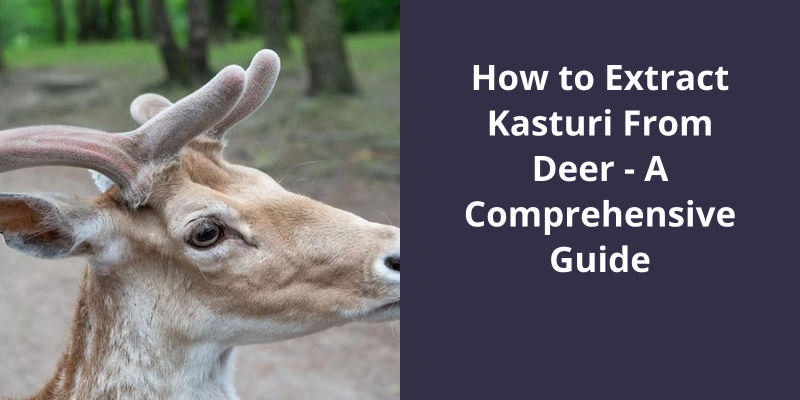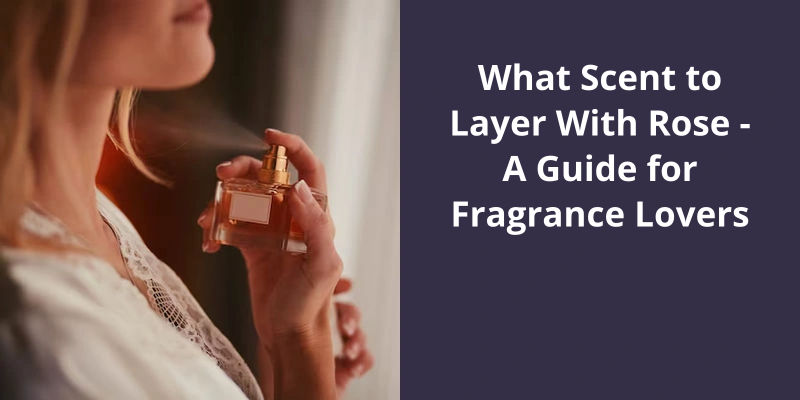Extracting Kasturi from deer involves a meticulous process which is no longer widely practiced due to ethical and conservation concerns. Traditionally, Kasturi, also known as musk, is derived from the Musk deer found in the Himalayas. The process entails tracking the male musk deer during its musk production cycle, which happens during the breeding season. The deers are then humanely captured, and a small gland, known as the musk gland, which is located near the deer’s abdomen is carefully removed. This extraction causes no substantial harm to the animal if carried out professionally. Once removed, the gland is dried and then ground into powder to form musk. Due to significant animal rights considerations and laws, it’s crucial to remember that this process is heavily regulated, and illegal hunting can lead to severe penalties. Synthetic musk is a more accessible and ethical alternative used today.

Where Is the Kasthuri in the Deer Body?
The process of extracting kasthuri from musk deer is a delicate and intricate one, requiring great skill and care. The musk deer is a small, graceful creature found in the high mountains of Asia. It’s usually hunted for it’s scent glands, which contain the precious kasthuri. The gland is a small pouch located between the genitals and rectum of the musk deer.
The area around the gland must then be cleaned thoroughly to avoid contamination. Once removed, the gland is cut open and the kasthuri is carefully extracted. This process must be done with great care and precision to avoid damaging the gland and thus reducing the amount of kasthuri that can be obtained.
The scent of the musk deers kasthuri is highly prized by perfume makers and has been used in perfumes for centuries. It’s a strong, sweet, and musky odor that’s highly distinctive. Kasthuri is also used in traditional medicine for a variety of purposes, including treating skin conditions and digestive disorders.
Many countries have banned the use of musk deer in commercial products and have implemented conservation measures to protect the species. The synthetic version of kasthuri has been developed to replace the natural kasthuri, which is now scarce and expensive.
The Black Market Trade in Illegal Musk Deer Products and It’s Impact on Conservation Efforts
- The black market trade in illegal musk deer products is a major threat to the conservation efforts of the species.
- Musk deer are killed for their musk glands, which are used in traditional medicine and perfume.
- The illegal trade of musk deer products has led to a decline in the musk deer population, putting them at risk of extinction.
- Illegal hunters and traders often bypass laws and regulations, making it difficult for authorities to monitor and prevent the trade.
- The trade isn’t only threatening the survival of the musk deer but also creating negative impacts on the communities living in the areas where these animals are found.
- Efforts to raise awareness and involve local communities in conservation efforts are crucial in the fight against the illegal trade of musk deer products.
In recent years, there’s been a growing concern over the ethical implications of using musk in the perfume industry. However, the good news is that musk can be extracted without harming the male deer, as it’s been successfully done in Nepal. Let’s take a closer look at the process and what makes musk so valuable.
Can Musk Be Extracted Without Killing the Deer?
In fact, extracting musk from live deer is a more sustainable and ethical method than hunting and killing the animal. Musk deer are already an endangered species due to overhunting, habitat loss and poaching. The demand for musk has only exacerbated this problem, with the price of musk skyrocketing in recent years.
It’s been practiced in traditional Chinese medicine and Ayurveda for centuries, and has been done in Nepal for over 60 years. The process involves gently rubbing the musk gland of male deer with a special tool to extract the musk, which is then collected and processed. The deer may feel a bit discomfort, but it doesn’t cause harm to the animal. In fact, musk deer have been observed to return to normal activities such as feeding and grooming almost immediately after their glands are harvested.
It’s a practice that’s been successfully conducted for many years without harming the deer or their population. This method preserves the population of musk deer and protects their habitats, ensuring their survival for future generations.
The History and Cultural Significance of Musk in Traditional Chinese Medicine and Ayurveda
- Musk has been used in traditional Chinese medicine for over 2,000 years
- Ayurvedic medicine also uses musk for various purposes
- Musk is believed to have therapeutic properties and is used for treating conditions such as anxiety, depression, and insomnia
- In Chinese medicine, musk is used to treat heart and kidney deficiencies, as well as respiratory and digestive disorders
- The use of musk in traditional medicine has led to the hunting and killing of musk deer, making them an endangered species
- Alternatives to musk are now being explored and developed in order to preserve the species and continue to provide the benefits of musk in traditional medicine
Conclusion
While this practice may seem cruel, it continues to be part of many traditional medicinal practices and is highly valued for it’s medicinal and aromatic properties. However, it’s important to recognize the ethical concerns surrounding the harvesting of musk, and efforts should be made to find sustainable ways of procuring this valuable substance. It’s imperative to balance traditional practices with modern-day conservation efforts to ensure the preservation of our natural resources for future generations.





